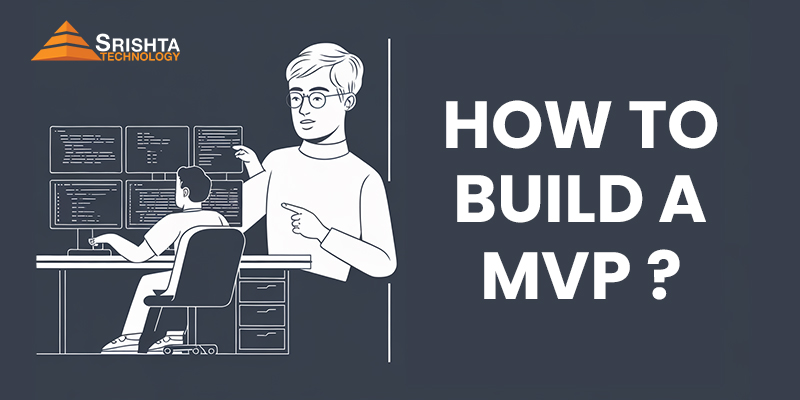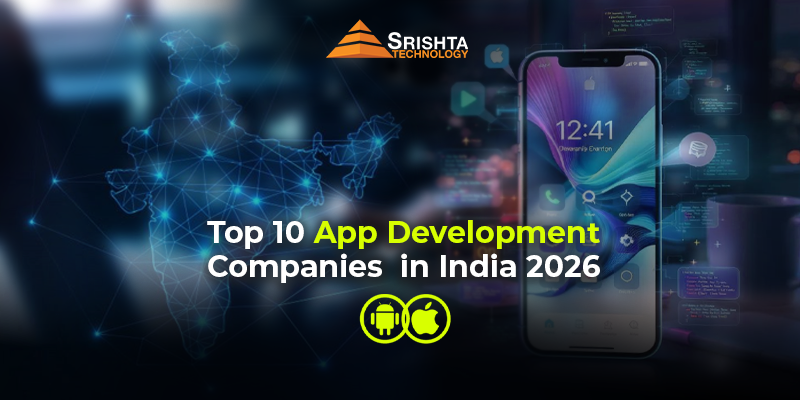In 2025, launching a startup has become more streamlined than ever, thanks to advancements in technology and more accessible resources for entrepreneurs. However, while tools and platforms have evolved, the core principle of building a successful business—starting with a strong Minimal Viable Product (MVP)—remains the same. But how do you build an MVP that stands out, and how can you raise the funding needed to grow your business?
This guide will walk you through the steps of building a successful MVP and securing the funding you need in the current startup landscape.
1. Understanding the MVP Concept in 2025
An MVP is the most basic version of your product that solves a problem for your target audience, while being quick and cost-effective to develop. It contains only the essential features that validate your core business idea. This approach allows you to:
-
Test your product in the market before full-scale development.
-
Gather user feedback early to iterate on your product.
-
Save time and money by focusing on only the critical features at the start.
In 2025, with AI tools, no-code/low-code platforms, and cloud-based services, building an MVP is more accessible than ever. You can use these technologies to rapidly prototype and release your product to your target audience for early-stage testing.
Key Traits of an MVP in 2025:
-
Focus on User Needs: The MVP must solve a real problem or provide value.
-
Scalable and Flexible: While basic, your MVP should be able to scale based on feedback and demand.
-
Lean but Functional: It doesn’t need to have every feature but should function enough to gather data and feedback.
-
Quick to Market: In today’s competitive market, speed is key. An MVP should be built in weeks, not months.
2. Building Your MVP: Step-by-Step
Step 1: Identify Your Target Audience and Problem
Before you start developing anything, ensure you clearly understand who your target customers are and what problem you’re solving for them. This will drive all your decisions when building the MVP.
Tip: Use surveys, social media, or even early interviews with potential customers to validate your assumptions.
Step 2: Define the Core Features
Rather than building a fully-featured product, identify and focus only on the “must-have” features that solve your users’ primary pain points. Keep your MVP lean to get feedback faster.
For example, if you’re creating a food delivery app, an MVP might only need basic functionality: menu browsing, order placement, and delivery tracking. Advanced features like reviews or payment options can come later.
Step 3: Choose the Right Technology Stack
In 2025, there are a plethora of tools and technologies to build your MVP, even without coding knowledge. Here are some popular options:
-
No-code platforms: Tools like Webflow, Bubble, or Adalo allow you to create interactive web or mobile apps without writing a single line of code.
-
Low-code platforms: Platforms like OutSystems or Mendix provide a balance between drag-and-drop interfaces and the flexibility of custom coding.
-
Open-source solutions: If you’re comfortable with some coding, you can leverage open-source frameworks to build quickly and customize them as needed.
Step 4: Develop the MVP
Now that you know your features and technology, it’s time to develop the MVP. Focus on creating a product that is functional, easy to use, and delivers value. Avoid over-engineering or adding unnecessary features.
Step 5: Test with Real Users
Once your MVP is ready, test it with a small group of real users who are part of your target audience. Gather as much feedback as possible on usability, design, and functionality. Use this feedback to refine your MVP and iterate.
Tip: You can use tools like UserTesting or Maze to get insights from users before even launching your MVP to a larger audience.
3. Raising Funding for Your MVP in 2025
Once you have an MVP, the next step is to secure funding. The landscape for startup funding in 2025 has evolved, and there are more avenues than ever to explore.
Traditional Funding Channels
-
Angel Investors: Early-stage investors who are willing to take a risk on your MVP.
-
Venture Capital: If your MVP shows strong market potential, you might approach VCs for larger funding rounds.
-
Bank Loans or Government Grants: For more stable business models, this is an option, though it’s less common for MVP stages.
Newer Funding Methods
-
Crowdfunding: Platforms like Kickstarter or Indiegogo allow you to raise funds directly from your target audience. If your MVP resonates with people, this is an excellent way to secure capital while proving demand.
-
Accelerators and Incubators: Programs like Y Combinator, Techstars, or Founder Institute can provide mentorship, seed funding, and valuable networking opportunities.
-
Equity Crowdfunding: In 2025, equity crowdfunding platforms like Republic or Crowdcube allow you to sell equity stakes to a broad base of investors.
-
Tokenization and Blockchain Funding: In the web3 era, startups can raise capital through token sales or Initial Coin Offerings (ICOs). These allow users to purchase tokens with the potential for future rewards as the company grows.
-
Revenue-based Financing: Rather than giving away equity, startups can opt for revenue-based financing, where funding is repaid as a percentage of future revenue.
Pitching Your MVP: Key Tips
When pitching to investors, keep these tips in mind:
-
Focus on Traction: Investors want to see that you’ve gained some level of traction with your MVP, even if it’s early feedback or a small group of paying customers.
-
Know Your Metrics: Be prepared to share user acquisition rates, retention rates, and any other relevant data from your MVP testing.
-
Demonstrate Scalability: Show that your MVP is just the beginning, and explain how you plan to scale as you grow.
-
Explain the Problem and Solution Clearly: Investors need to quickly understand the problem you’re solving and how your product provides a unique solution.
-
Be Transparent: Don’t be afraid to show weaknesses or challenges. Acknowledging what you’re still working on can build trust with investors.
4. Iterate Based on Feedback and Market Demand
After securing funding, your journey doesn’t end with an MVP. Continue to refine and expand your product based on user feedback and market demand. At this stage, investors will expect you to show growth and scalability.
In 2025, utilizing AI for market analysis, customer feedback, and even personalization can help optimize your product development and enhance your competitive edge.
Top Software Development Outsourcing Companies in India
Building an MVP and raising funding in 2025 is about leveraging the right technology and resources, as well as aligning with a funding model that suits your goals. Focus on validating your idea, building a simple yet functional MVP, and testing it in the market. With the right pitch and traction, you can successfully raise the capital needed to scale your startup into a thriving business.
The future of entrepreneurship is bright






Leave a Reply